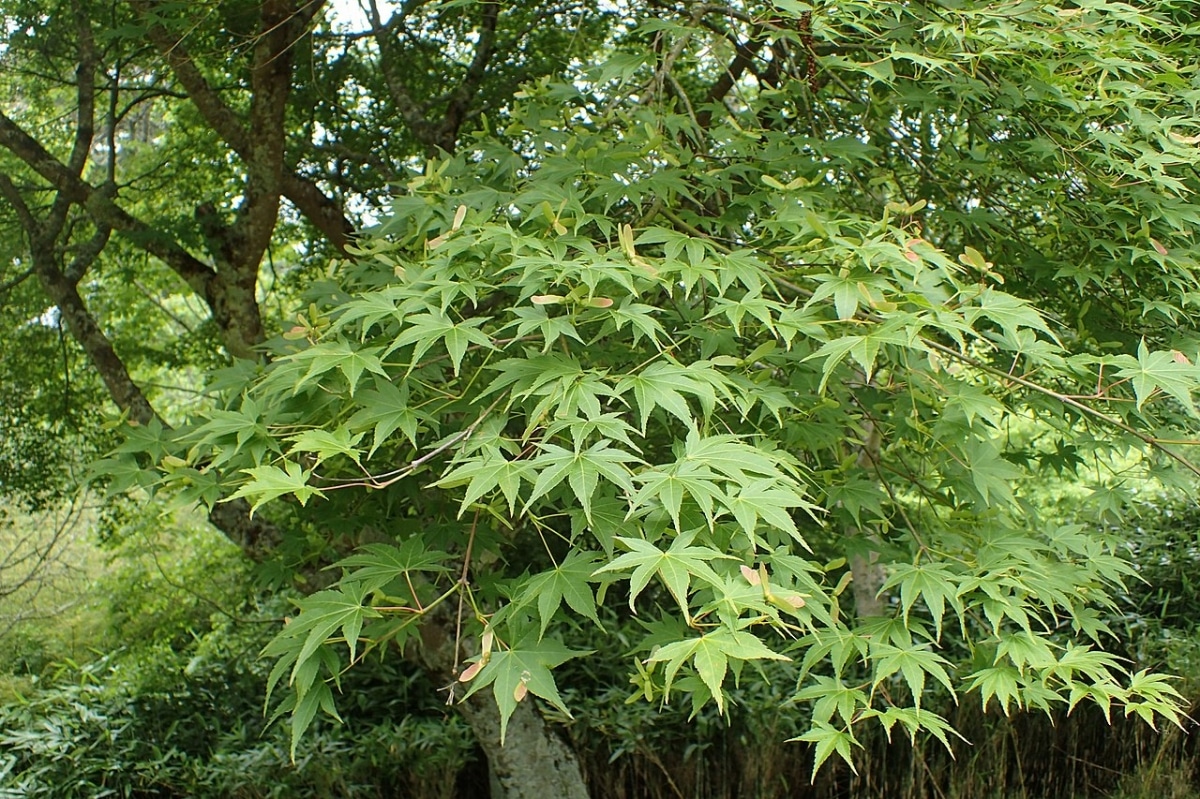
Image - Wikimedia / Krzysztof Ziarnek, Kenraiz
El Acer palmatum 'Osakazuki' it is one of the most appreciated Japanese maple varieties. In general, it does not exceed 4 meters in height, which makes it very interesting to grow in any garden, large or small. In addition, it can be pruned to be able to enjoy it in a pot, placed on a terrace or on a balcony in order to give them an oriental touch.
Its care and maintenance are not difficult tasks to carry out when the weather is good, but when this is not the case, we are talking about a very demanding plant, although luckily it is less so than other varieties of Japanese maple.
Origin and characteristics of Acer palmatum 'Osakazuki'
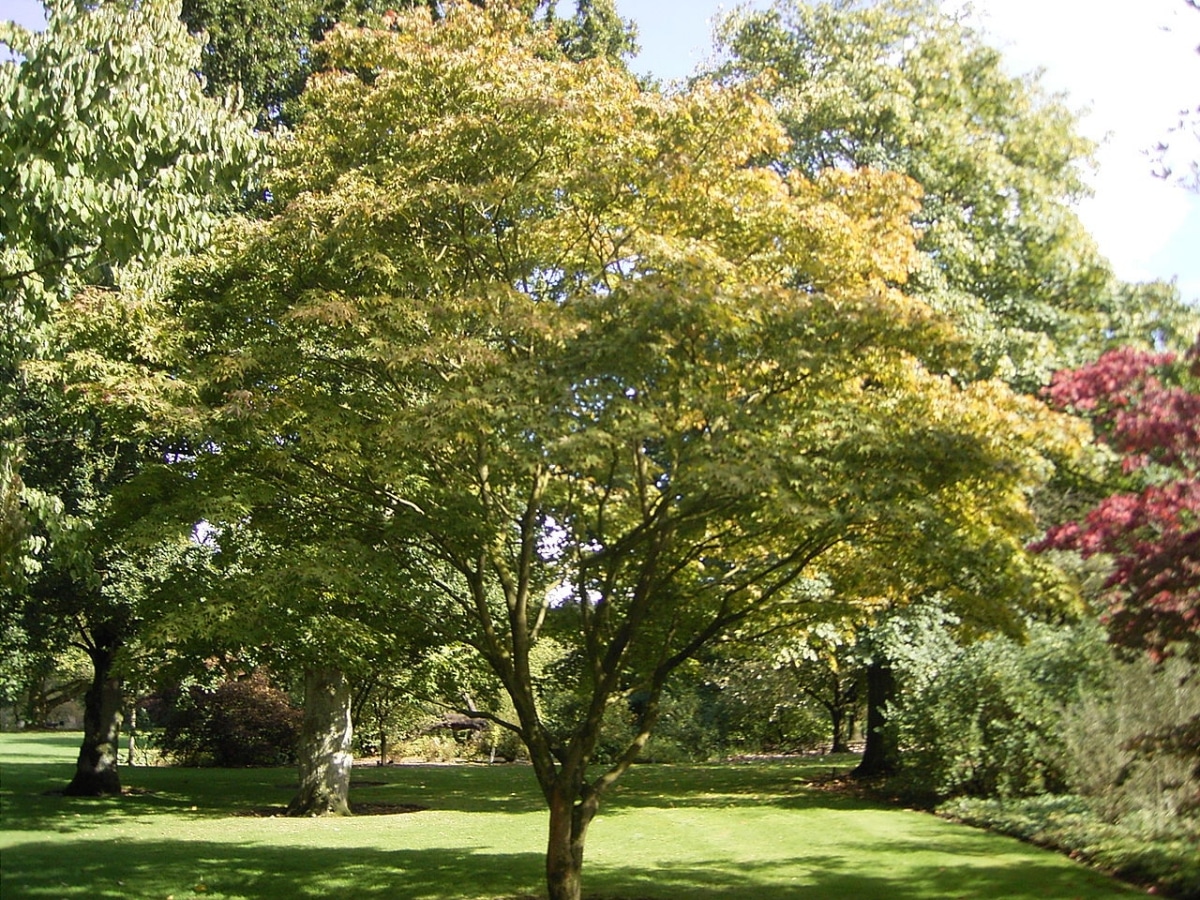
Image - Wikimedia / TeunSpaans
Osakazuki is not a pure variety, but a cultivar; that is, it is a cross between other Japanese maple varieties. Its origin is Japan, and as we anticipated is a medium-sized deciduous plant, whose height is about 4 or 5 meters at most (in a pot it is smaller, with 2-3 meters).
The leaves are webbed, composed of seven lobes, two of them being the first that are closer to the petiole, shorter and thinner. Its color is green, but in autumn they turn reddish before falling, something they do after a few weeks. It blooms during the spring, shortly before or at the same time that its foliage sprouts.
What are the care you need?
El Acer palmatum 'Osakazuki' It is a plant that can give us many joys, even to those who live in places where the climate is warm (be careful: warm, but not tropical, since the japanese maples they cannot live in areas where temperatures hardly vary throughout the year).
So, let's see how it is cared for:
Climate and humidity
We start by talking a little more about the weather you need. It is very important that it is tempered, with mild summers and cold winters with temperatures below zero. It can live in the Mediterranean, with maximums of 38ºC and minimums of -2ºC, but from my own experience I can tell you that it will no longer be an easy plant.
The humidity must be highAs otherwise it would lose a lot of water through the pores of its leaves and, as a consequence, it would dry out.
Location
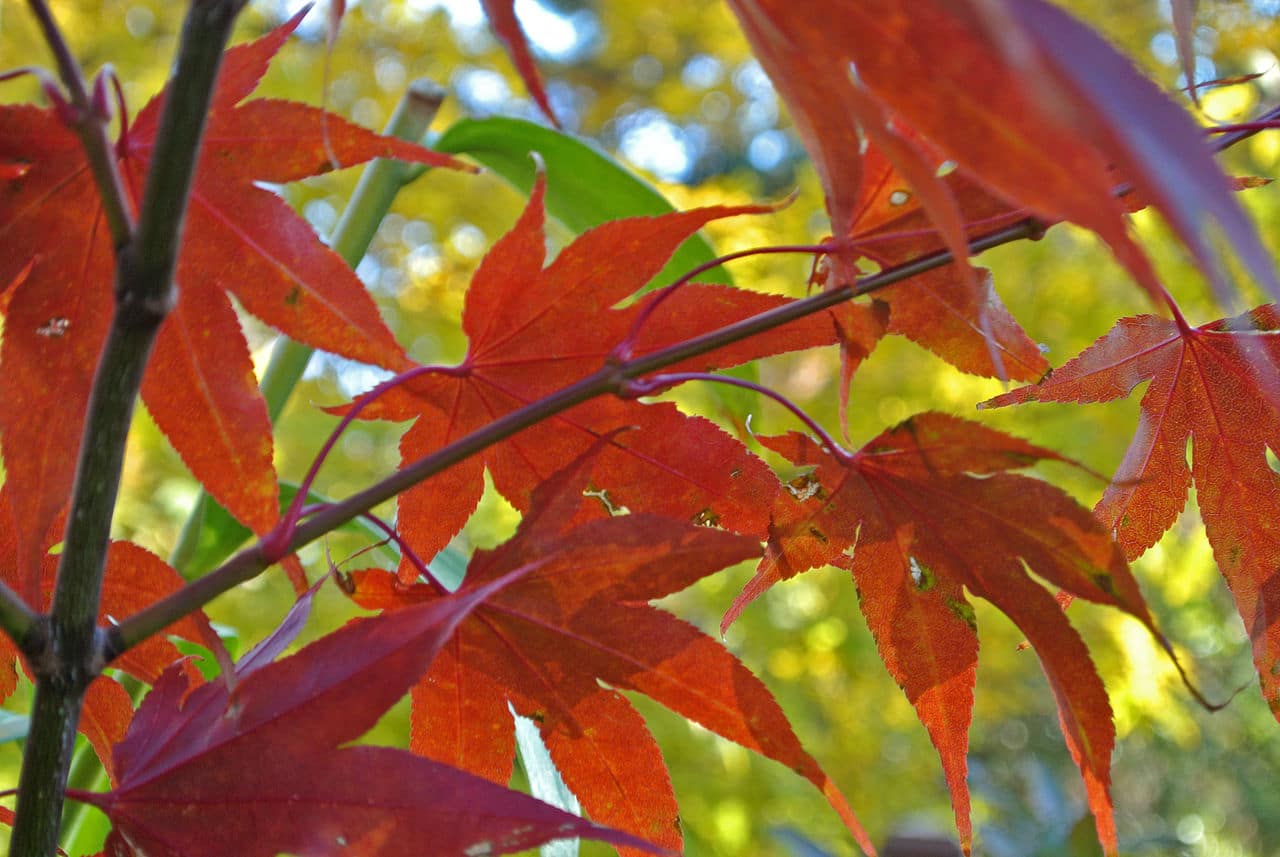
Image - Wikimedia / James Steakley
On the outside, always. If it is kept indoors, it will not be able to feel the passing of the seasons and, consequently, it will die. And it is that the drop in temperatures in autumn already warns you that you must prepare to go to rest and survive the winter; the rise in temperatures in spring stimulates the budding of leaves and flowers; and with the beginning of summer its growth rate reaches its maximum speed.
Likewise, It is highly recommended that it be kept in shade or semi-shade. But if the climate is temperate to cold, it is possible to grow it in full sun if you acclimatize before.
Soil or substrate
- Garden: the garden soil must be acidic, with a pH between 4 to 6, and fresh.
- Flower pot:
Irrigation
You have to use rainwater, or failing that, soft water poor in lime.. Another option is to use the tap, but it is important that the pH is lowered if it is 7 or higher, adding a few drops of lemon for example.
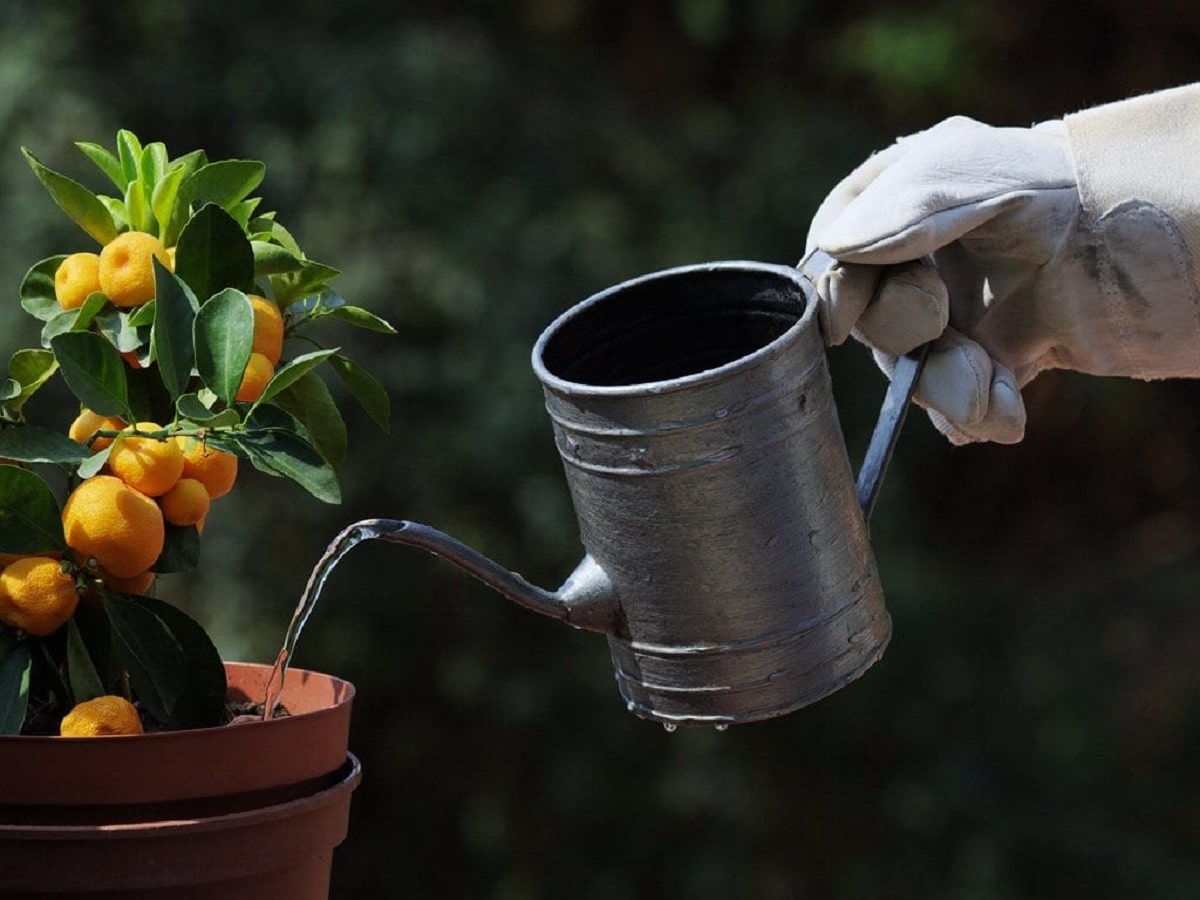
Regarding the frequency of irrigation, it will be high in summer but rather low in winter. This means that during the warmest time of the year you will need to water very often, more or less 3 or 4 times a week; On the other hand, in winter it will be watered once or twice a week.
Subscriber
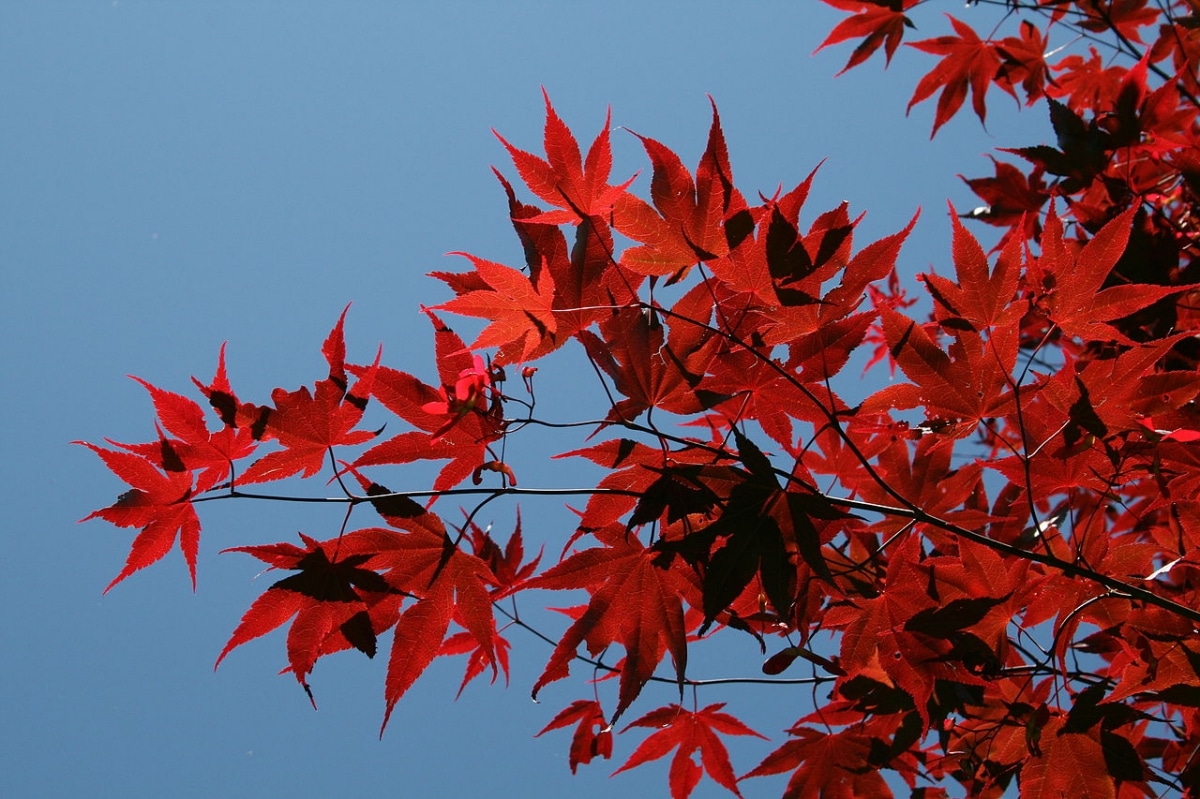
Image - Wikimedia / Jean-Pol GRANDMONT
Throughout their growing season, that is, from leaf sprouting in spring to late summer, it is highly recommended to pay Acer palmatum 'Osakazuki' with fertilizers for acid plants (for sale here). This is especially important if you have it in climates like the Mediterranean, because in those regions it is easy to end up with iron chlorosis problems due to the lack of iron.
Planting or transplanting time
En spring, as soon as the yolks are about to awaken. You will see that these swell a little before exposing the leaves.
If you are going to change the pot, you have to do it only if it has been in the pot for more than 3 years, since if it is done before it is possible that it has not finished rooting.
Pruning
It is not a plant that should be pruned. Simply remove dead branches, those that are diseased and those that are broken late winter.
Of course, if you want to grow it in a pot, you will have to trim its branches about a third to keep it small, also in that season.
Multiplication
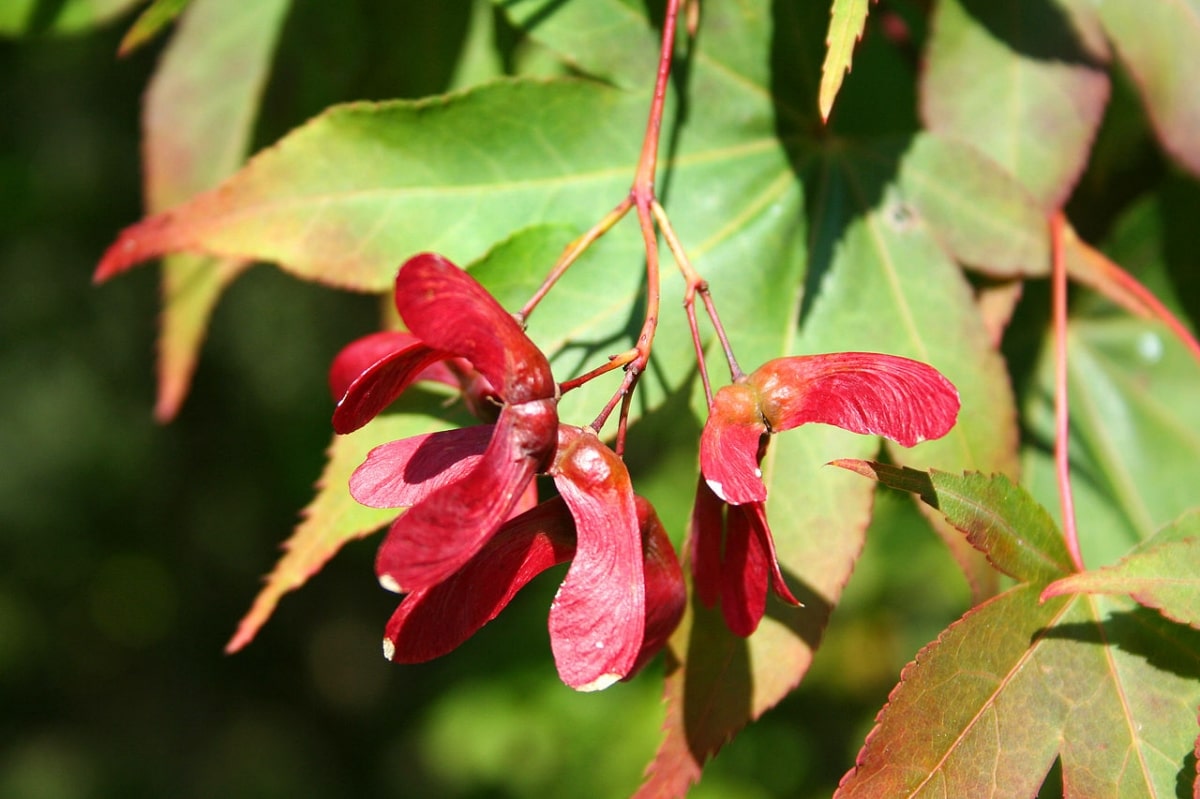
Image - Wikimedia / Jean-Pol GRANDMONT
It multiplies by grafting and by tender cuttings in winter / spring. Sometimes also by seeds, which have to be stratified in winter for three months before sowing in the seedbed.
Rusticity
El Acer palmatum 'Osakazuki' resists up to -18ºC without suffering any damage.
What did you think of this variety of Japanese maple?
Very nice plant, especially when its leaves are red. Very good article with the necessary information.
Thanks Roberto. We like to give as much information as possible about the different plants 🙂